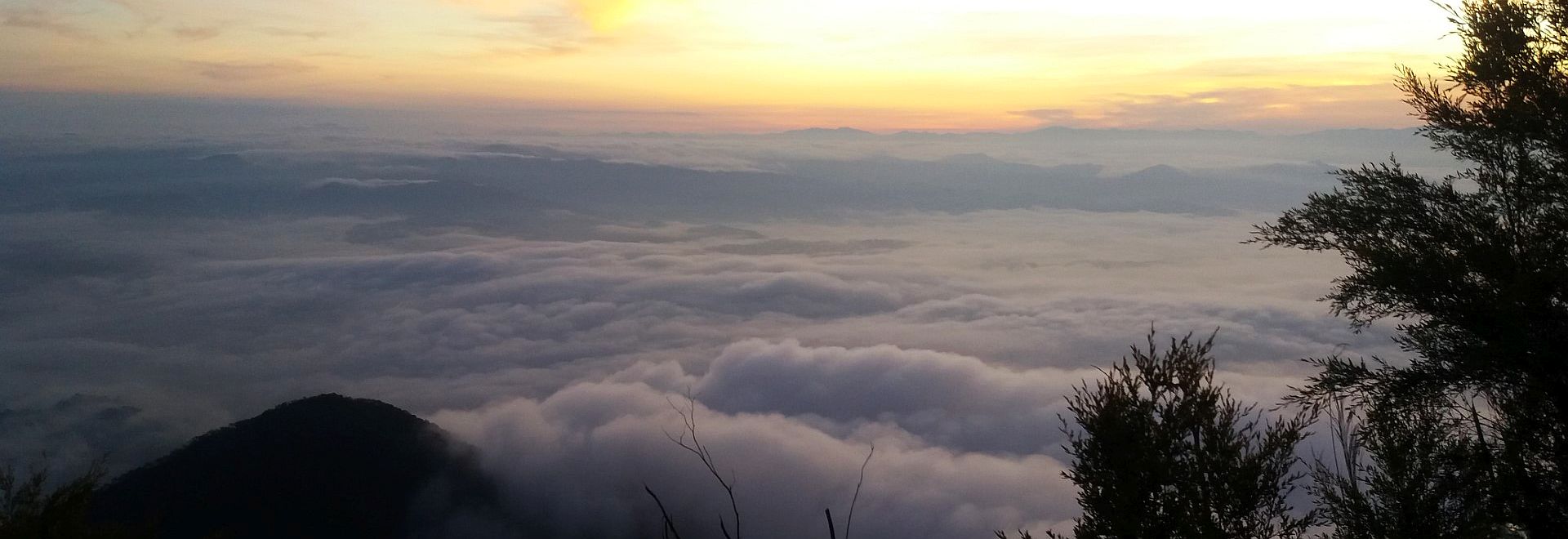Even for experienced hikers and climbers, tackling some of Malaysia’s mountains – especially when it’s dark – can pose some unique challenges.
This article contributed by Elly McGuiness
A number of months back I took the opportunity to scale one of Malaysia’s majestic peaks. I did so with a bunch of people that I didn’t know and who didn’t speak my language. It was dark and an experience some would consider ‘dangerous’. It was also one of my most memorable things I’ve done in this country to date.
So how does one wind up hiking up a mountain with a bunch of people that they don’t know? Social media! After an initial enquiry about hiking in a local Facebook group, I was invited along to an upcoming trip to climb Mount Kenderong in Perak.
In the interest of ‘living life’ and taking opportunities I said “yes”! That was when the fun began.
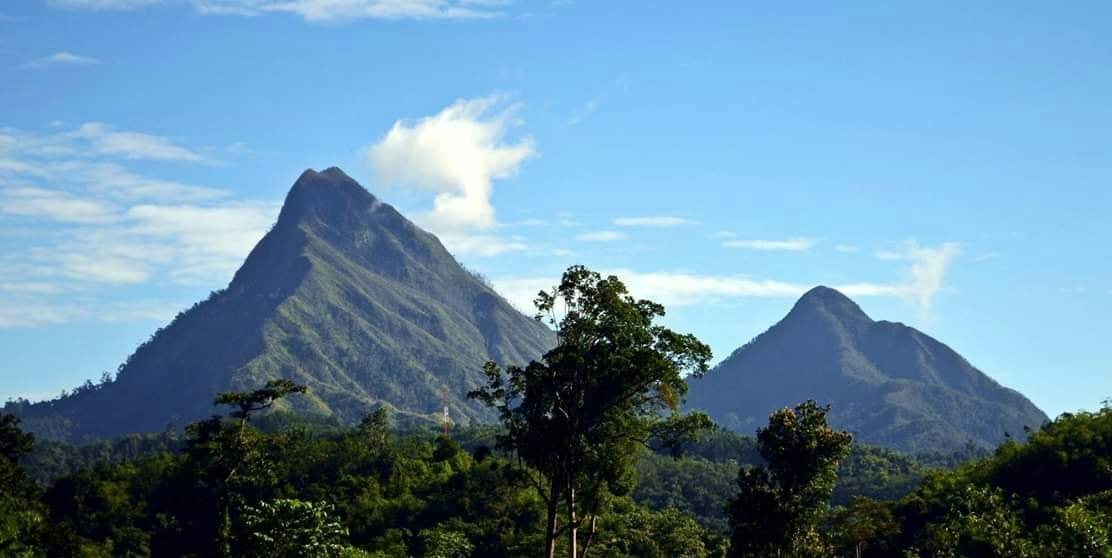
LESSON 1: ASK MORE QUESTIONS
Suddenly I found myself inside a WhatsApp chat group with 25 or 30 very active users. As many as 50 or 60 messages per day were getting thrown around, and I certainly couldn’t keep up with trying to decipher or translate them! No one seemed to speak more than a word or two of English, so I figured that I’d just go with the flow and just make sure I knew where to show up and when.
I did get the equipment list translated however. One of the suggested items I found to be quite interesting: gloves. Why would I need gloves? I was pretty sure it wasn’t going to be cold enough – even on top of the mountain – to need gloves.
This is perhaps where I could have asked more questions, but didn’t. As I mentioned, I was having enough trouble trying to sort out the basics, and this seemed to be a superfluous item that had been added to the list.
How wrong I was! The gloves were not for warmth. They were for climbing. Little did I know that what I was embarking on was not really a hike at all! It was more like an extreme, near-vertical climb with rope assistance required for the majority of it. The gloves were to prevent my hands from getting absolutely sliced apart.
Luckily for me, some people brought along extra gloves, so my hands were spared!
LESSON 2: GET A NEW HEAD TORCH
If you want to climb peaks in hot countries such as Malaysia, it’s a good idea to climb at night. That way you get the chance of seeing the sun rise, and you’ll also beat the heat of the day. We climbed through the night and I was still saturated with sweat by the time I reached the top.
An important requirement of a night hike is a decent torch (flashlight). It’s preferable to have a head torch to leave your hands free. This was especially important for a hike like this where both hands were required for heaving my bodyweight up ropes.
I really thought I was sorted on this front. I was wrong. Shortly after beginning to climb, the plastic strap holder on mine broke. Although it had fresh batteries in it, the offering of light was extremely dim. This was even more noticeable when the group spread out further and I was climbing alone in close to pitch-black darkness!
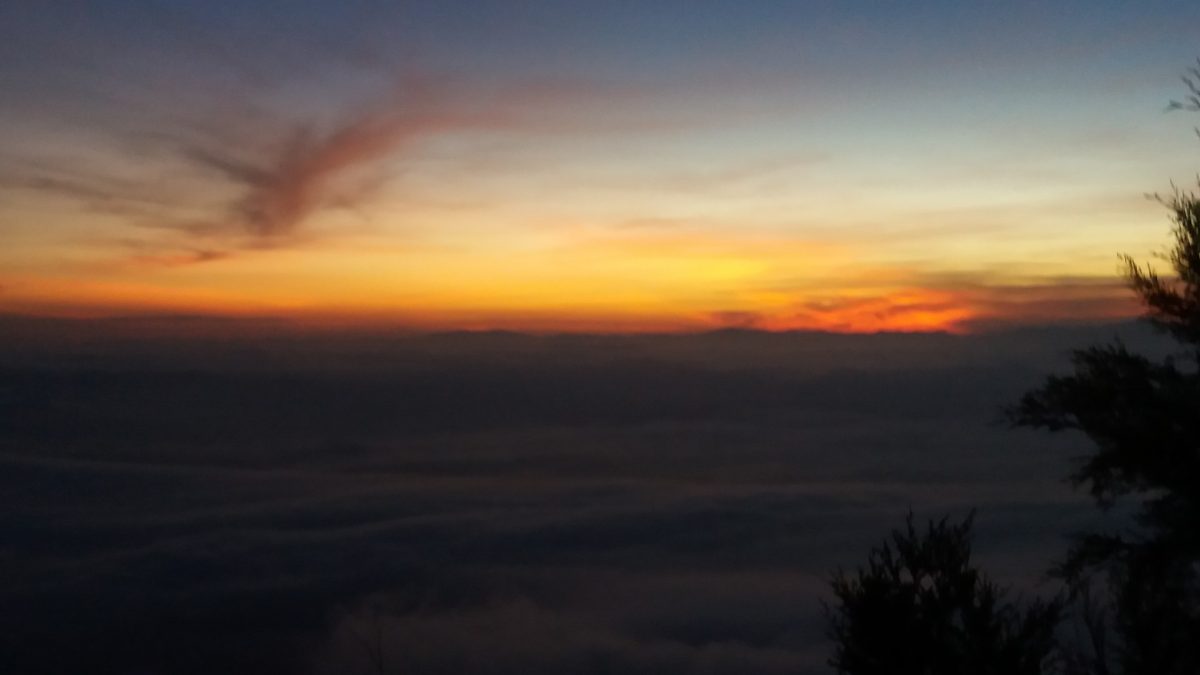
So I ended up with a very average wrist-connected device. I’d tilt it around in the area I thought I wanted to step next, just to check it looked safe enough. Then I’d take hold of the rope and heave myself up through the darkness! I’ll admit my head torch was purchased some time ago and it’s really time for an upgrade, although it did add to the adventure!
LESSON 3: BE WARY OF EXPECTATIONS
I’ve climbed a lot of peaks over the past 20 years. They’ve varied in difficulty level, and it’s never really possible to know how hard or technical the next one will be. After all, it’s usually the first and only time I’m hiking (or climbing!) that peak.
Difficulty level is also somewhat subjective. It depends on my current health and fitness status, the level of preparation I have undergone, as well as the environmental situation. Slippery, muddy, or steep trails can be more challenging, as can windy, rainy, or extremely hot weather.
So I try not to make too many assumptions about how hard a trail will be. And I try not to rely too much on the opinions of others, unless I’ve hiked trails with them before or know a bit about their own personal fitness and skill levels. It’s all part of the excitement of heading into the unknown. (Note that adequate preparation is always important, even though the exact experience to come is unknown.)
However, I must say that I did make one or two small assumptions about Mount Kenderong. It’s only a little over 1,200 m, and the climb up was expected to take around four hours. I’ve previously climbed mountains two or three times higher and have done eight-hour hikes over the course of one day, so it couldn’t be too tough, right?
What I didn’t consider was that the climb is relatively short, but excessively steep and extremely hard (in my opinion)! I completed the climb in less than four hours, but it was one incredibly slow bodyweight heave at a time.
When I arrived at the top, I couldn’t describe myself as anything other than ‘spent.’ When I climbed back down, it was equally as challenging because my legs barely worked anymore. I shook and trembled the entire way down and my legs were sore for over a week.
At the bottom, I decided that it was among the toughest hikes I had ever done. It’s easy to feel that way immediately after completing a challenge like this. However, even several months on, I’d still place it up there with the toughest hikes I’ve done.
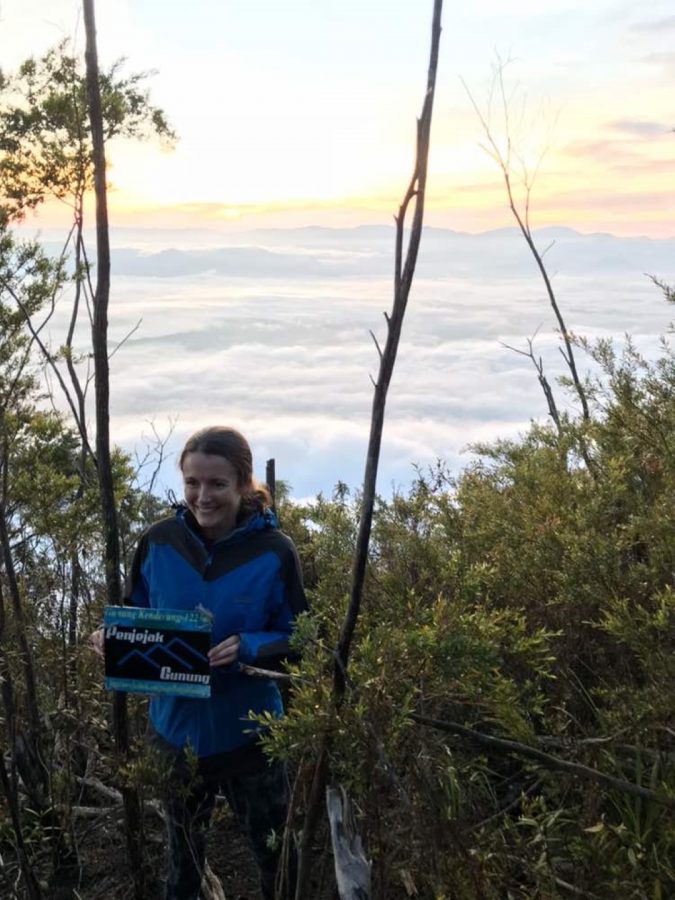
LESSON 4: OVER-PREPARING IS BETTER THAN UNDER-PREPARING
I know I might not come across as having been overly prepared. After all, I ignored ‘gloves’ from the list. As a whole however, I was extremely well-prepared. Many would even say I was ‘over-prepared.’ So this final lesson is not really about a lesson for me, but more about a lesson for some of the others on the trip.
The recommendation was to carry two litres of water. I struggled to accept that this was all I would require. After all, we had a two hour car journey ahead of us (which turned into more like five hours after one of the cars in the convoy crashed). We then had four hours of climbing up, time at the top, and the climb down, plus another drive.
I worked out that 17 hours was going to pass between leaving home and getting to lunch the next day. This of course included a decent amount of time sweating and exercising, both of which have significant water requirements for the body. Seeing as I couldn’t decipher the conversations leading up to the hike, I had to assume I wouldn’t have access to water until lunch the next day.
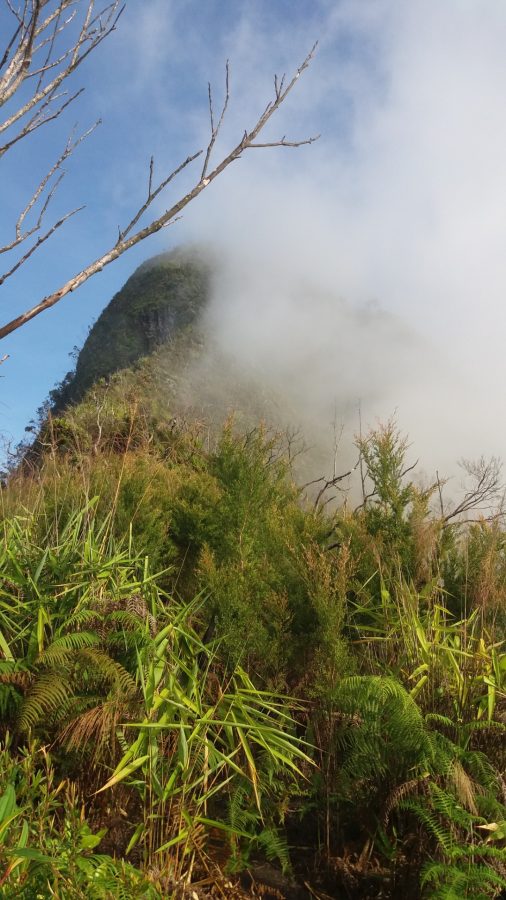
So I took almost five litres of fluids with me! Yes it was a lot to carry, but I wasn’t prepared to get stuck without enough water. What if an injury occurs or the weather closes in and causes everyone to stop? There was an opportunity to drink water from a fresh stream at the bottom, although I didn’t know that beforehand. I ended up getting through four of the five litres. Others on the trip had opted to bring even less than the recommended two litres. Everyone managed to make it up and down but I’m sure some would have done so a little more easily with sufficient water.
And finally, it can get cold in Malaysia. You just might not realize it until you’re 1,200 m above sea level. I carried a full change of warm, dry clothes including a jumper, jacket, trousers and socks. Even if it doesn’t rain, sweat-soaked clothing gets very cold very quickly. I still felt the cold up the top, but certainly not as much as those who brought nothing but the clothes they were wearing. What an adventure. It’s one I don’t think I’ll ever forget… but it’s one I’d partake in again in a heartbeat!
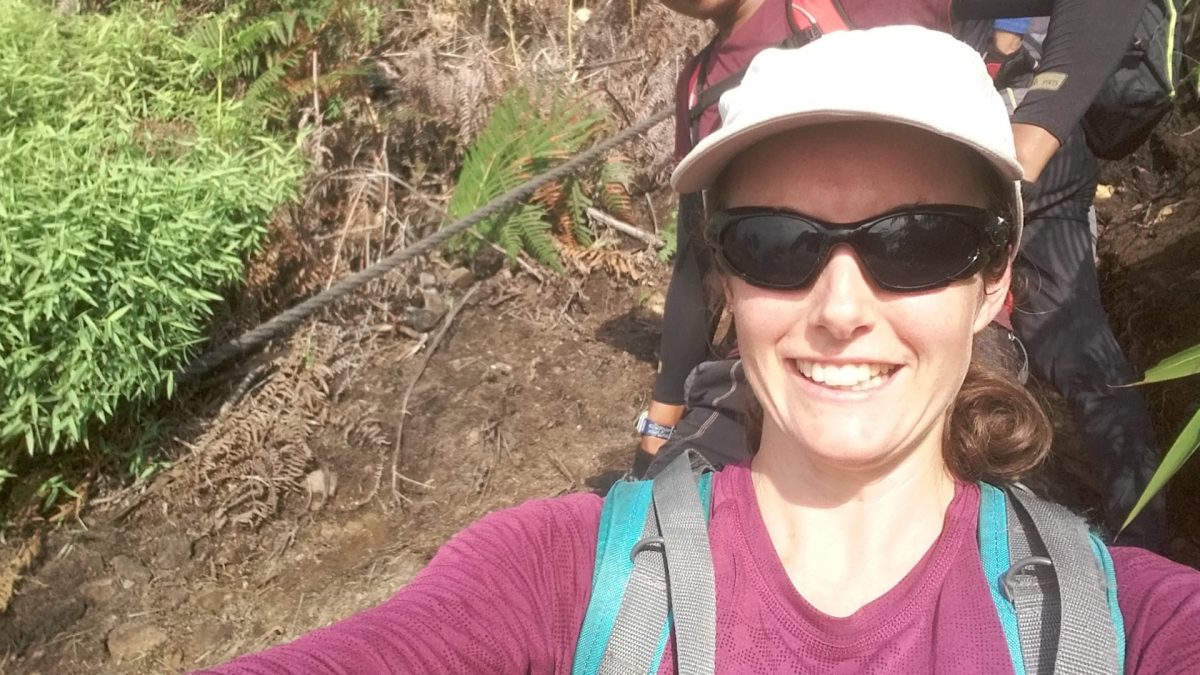
"ExpatGo welcomes and encourages comments, input, and divergent opinions. However, we kindly request that you use suitable language in your comments, and refrain from any sort of personal attack, hate speech, or disparaging rhetoric. Comments not in line with this are subject to removal from the site. "


